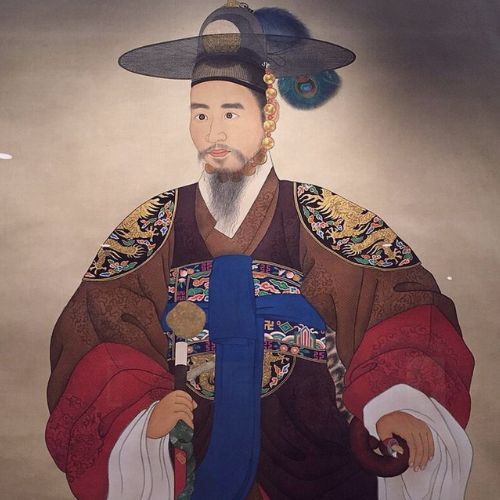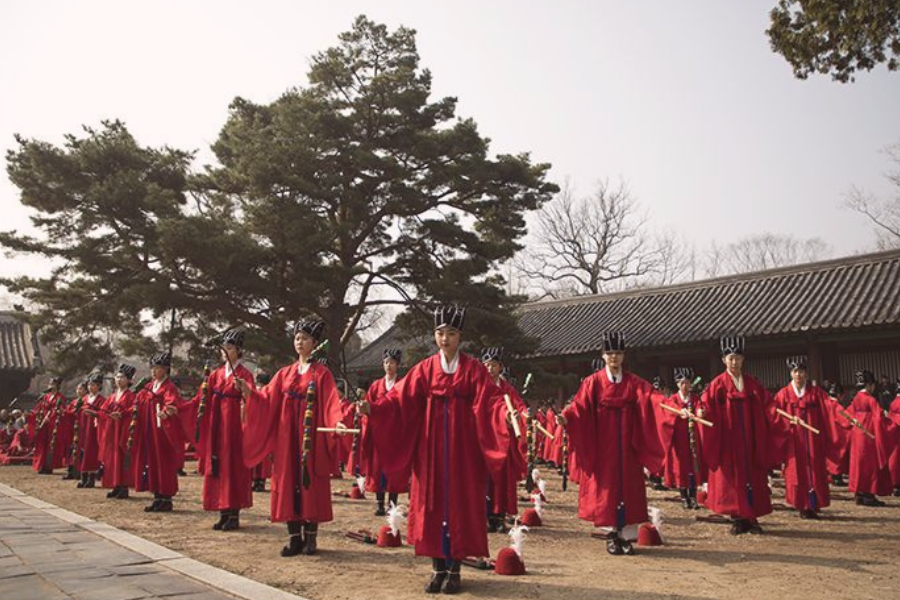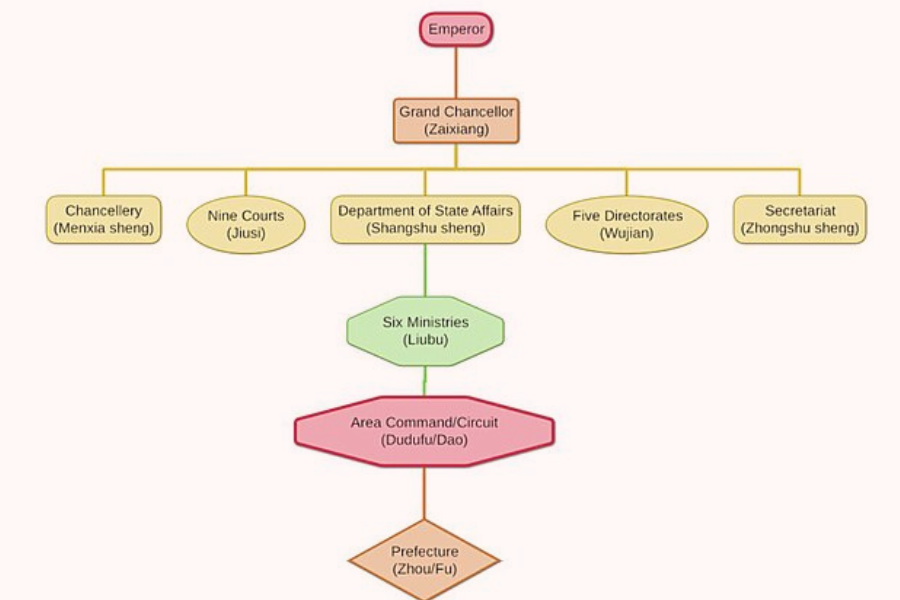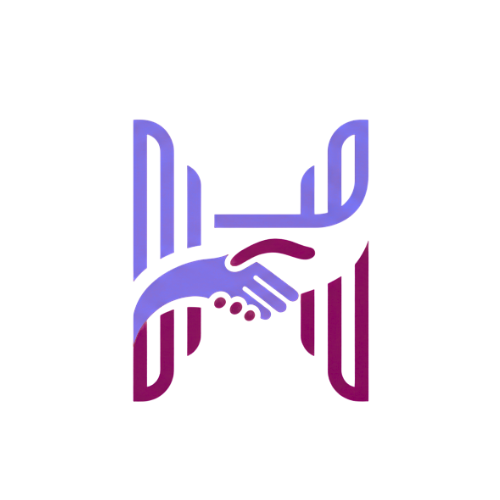A guide for Sageuks: The hierarchy of the Joseon court (government)
- byT.Sapphire 💙
- 9 months ago
- 0 Comments
- 4mins

Jeon-ha!!! Depose the queen!!!
Jeon-ha!!! Depose the crown prince!!!
Jeon-ha!!! Exile the young crown prince for treason!!!
Like jinjja? Don’t you guys get tired, or don’t you listen to yourselves? (Sighs in 'Just shut up')

Okay, okay, I know you're wondering what I am talking about, and if you thought I was talking about those so-called mischievous ministers in Sageuks, then you are absolutely right!
A random discussion with a Korean Enthusiast friend made me realise I am not the only one who gets tired and frustrated with the activities of all these Sageuk ministers, and thought to myself that most of us (Korean Enthusiasts) don’t even know what role or what power these ministers really weigh according to the laws then and of course, that’s where I come in! Right?
PS: This is based on the Joseon royal court (government) because it is the most common form of Government portrayed in sageuks.
Here is what the hierarchy of the Joseon royal court (government) looks like and brief things about them.
The King

The king is the highest member of the Joseon court (government), mostly emerging from the Taejo family.
The king does not hold the ultimate power, as you might already know, and sometimes he has to take drastic measures to keep his ministers in check, one of which includes getting many concubines from different noble families.
The members of the State Council

You see those mischievous old men we talked about earlier? Here they come.
In short, they are our headaches in historical K-dramas, and they are mostly the villains. This council includes 12 members who are the highest member,s and they are
-
The Chief State counselor
-
The Left State Counselor
-
The Right State Counselor
-
Left Minister
-
Right Minister and 7 other lower ministers who assist them.
While the chief state counselor, left state counselor and right state counselor are of the most senior ranks, the other members of the State Council also weigh significant power and together, the council carries power that is inversely proportional to that of the king (in other words, they can depose the king or turn him into a puppet king at least)
Although the existence of the State Council was to check the activities of a king and prevent him from becoming a tyrant, I feel these ministers do things in excess as well.
I mean, how do you explain the fact that most of them are always after the King and either deposing him or make him bow to their wishes (It’s not fair to be honest)
The Six Ministries

The Six Ministries come right after the state council and should I burst your bubbles? The State Council also has power (If not absolute, depending on the situation) over the Six Ministries.
There is no way we are escaping those state council fathers, is there?
The members of the six ministries were the major executive bodies of Joseon
They include the ministry of personnel, the ministry of defense, the ministry of taxation, the ministry of justice, the ministry of works, ministry of rites.
While these are the major members of the Joseon political court (government), there are other ministries, which include:
-
Three offices
-
Civil Service
-
Other offices like office of records, royal academy and many more.
And that’s why we always have so many ministers in the court (in historical dramas)
Now you know why the power of the kings in Sageuks is usually challenged and why it seems those ministers frustrate us all the time, right?
I hope this serves as a better guide to watching the Sageuks in the future. What is your take on the issue of the minister and how much power they weigh? Let us know in the comments.
T.Sapphire 💙
T. sapphire is a writer who found her love for the Hallyu wave after watching the historical drama “Jumong.” She is mainly interested in Korean dramas and the history of Korea at large. Explore her pieces as she takes you on a journey through K-Drama recommendations and keeps you informed about the history of the Korean people.
Iconic K-Drama Supporting Roles
0 Comment(s)
Related Posts
Daily Newsletter
Get all the top stories from Blogs to keep track.




Leave a comment